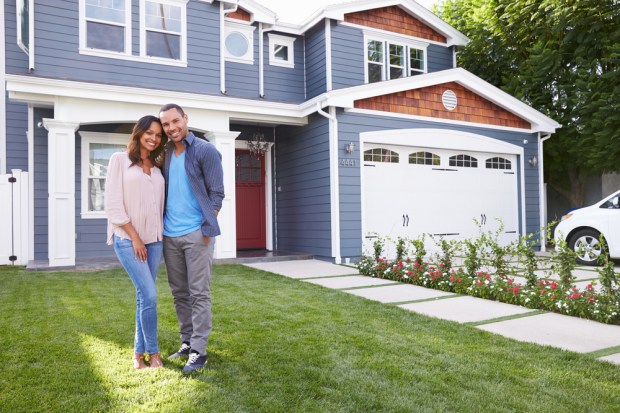Digital’s Impact On The Consumer’s Biggest Purchase: Their Home

One of the most fertile grounds for disruption in this digital world — ongoing, significant disruption that promises to impact one of the most important engines of the economy — is the world of home selling and buying.
And more and more players are trying to gain an edge in that area of commerce and payment by, essentially, making bigger bets on what those home buyers and sellers really want.
In a new PYMNTS interview, Flyhomes Co-founder and CEO Tushar Garg talked about his company’s role in that ongoing disruption and what’s coming next at the intersection of real estate and digital technology.
The interview took place as the startup launched a program designed to ease the friction and hassle of selling and buying a home at the same time — among the most painful but also most promising activities for many consumers — and as Flyhomes announced it had raised some $141 million in debt and equity financing.
“Think of us like a traditional broker with superpowers,” Garg told PYMNTS, explaining that the company takes a typical 2.5 percent to 3 percent commission on the home transactions it crafts. The twist? The company aims to, in Garg’s words, enable every buyer to become a cash buyer — which, of course, results in some significant advantages when it comes to real estate.
More about that in a bit.
Disruption Landscape
First, it’s helpful to learn more about the field in which Flyhomes operates. It’s a field that is becoming increasingly competitive as more players, both established companies and newbies, seek the best ways to harness digital tools to gain more customers. In a way, the late 2010s — as will probably be the case in the 2020s — stand as almost a golden age of digital home buying and selling (along with the associated services stemming from that activity, not to mention the push to bring more digital efficiencies to rentals and rent payments).
Uber’s easy ways to pay probably have much to do with that, along with the rise of online marketplaces and other factors — not the least of which is the rise of mobile commerce and payments.
The slow but ongoing shift from traditional boots-on-the-ground home buying to digital shopping continues with this year’s launch of a Zillow iPhone app that enables 3D tours of properties in the U.S. and Canada. According to one description of the newly released tool, “realtors use the iOS app to take panoramic photos of the home, which the server then stitches together into a complete 3D tour, in much the same way as Google’s Street View building interiors.”
That’s hardly all.
Companies service general or specific markets (such as teachers, who are often relatively low-paid compared to other professionals in a specific area) in which consumers are striving to remove friction from the buying and selling process — especially when the selling and buying are happening at the same time. That’s a main way Flyhomes is seeking to stand out in this competitive area of commerce.
New Program
Take its new Trade Up program, for example. The company offers a guaranteed sale on a customer’s current home, enabling that customer to make a cash offer on a new property.
“The sellers are very happy, the listing agents are very happy,” Garg said. “There is a cash offer on the table. It levels the playing field.”
Flyhomes then works to sell the old home, and the company buys the home if it is not sold within 90 days. This requires Flyhomes to provide inspections and other services to make sure the money is right, Garg said.
So, where is this all headed, all this ongoing disruption to home buying and selling? For Garg, it is simple to predict what will unfold over the next three to five years.
“There will be much more enhanced end-to-end experiences,” he told PYMNTS, “much more tying all these things together.”
That seems all but certain — as does the prospect of even more competition to attract those home buyers and sellers.